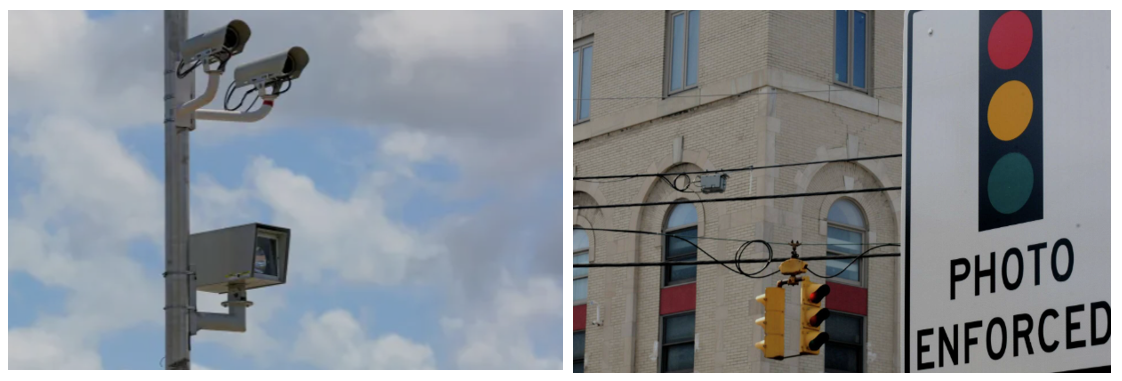 During the pandemic, motor vehicle crashes increased in frequency, and they have not declined to pre-pandemic levels. Factors leading to more crashes are speeding, driving while intoxicated, and driving (or walking) while “distracted” (using one’s phone, texting, checking social media, etc.).
During the pandemic, motor vehicle crashes increased in frequency, and they have not declined to pre-pandemic levels. Factors leading to more crashes are speeding, driving while intoxicated, and driving (or walking) while “distracted” (using one’s phone, texting, checking social media, etc.).
At the same time, many police departments have been operating with less than full staffing. In-person traffic enforcement by officers in patrol cars has become dangerous, both for officers and motorists. Finally, crashes cause more serious fatalities and serious injuries as vehicle speeds have increased and as heavier and higher vehicles are being chosen by the public.
In short, our streets and highways have become more dangerous. Transportation safety agencies at all levels of government have taken notice, including the Middletown Police Department. The State of Connecticut’s Vision Zero program (to reduce and eliminate deaths and serious injury to motorists, pedestrians, and bicyclists) offers a range of strategies. One is to enforce speed limits and red-light violations by using cameras known as Automated Traffic Enforcement Safety Devices (ATESDs). Violations are recorded and the owner of the vehicle is issued a warning (for the first violation) or a ticket—like a parking ticket. The ticket is a notice of financial liability sent to the owner of the vehicle. ATESDs are not a way for towns to generate revenue, since the cost of implementing such a program is only partially offset by collected fines.
The Jonah Center newsletter survey, conducted in February 2024, revealed significant support for speed and red-light cameras. Respondents cited noticeable increases in speeding and reckless driving. Virtually every survey respondent who opposed ATESDs cited discomfort with loss of privacy and government surveillance. That is not a surprising response, but since our streets are already full of security cameras and cell phone tracking devices, it’s hard to see how traffic cameras could appreciably add to that. State law prohibits the images captured by ATESDs from being used for any other purpose.
This use of traffic cameras is just starting via pilot programs conducted by CT Department of Transportation and its Office of Traffic Administration.
State law requires that any municipality must first pass a local ordinance allowing the use of ATESDs. Once an ordinance has passed, cameras may be deployed only in locations with specific conditions. Examples include school zones, high crash zones, and “pedestrian safety zones”— a special area designated by a community through a DOT-approved process. The law prohibits disproportionate use of such cameras in low-income neighborhoods.
Middletown’s Common Council will consider a local ordinance allowing the Police Department to deploy ATESDs at its meeting on Tuesday, Sept. 3, at 7 p.m. The Meeting is Virtual Only on WebEx. (See instructions below.) Everyone who is concerned about the rising number of crashes on local roads is urged to attend. Citizens may speak on the proposed ordinance during the “Public Comment” period near the beginning of the meeting.













